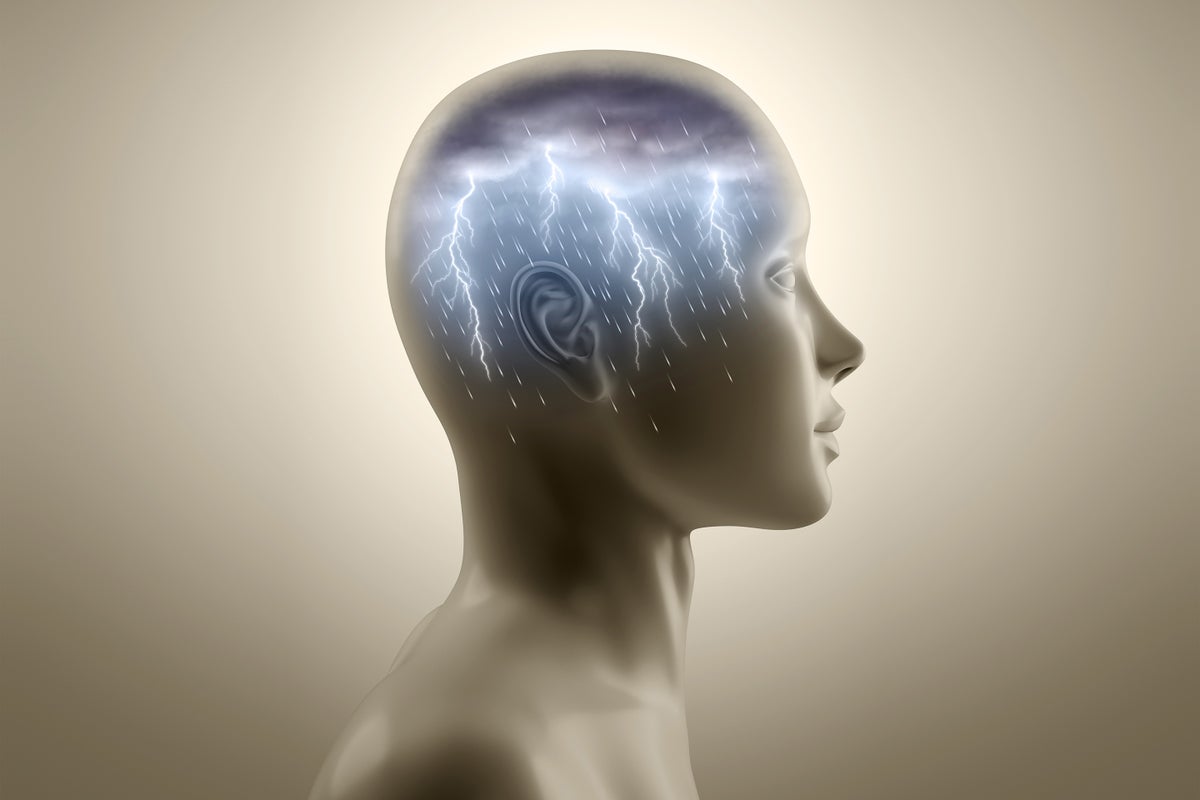
"Studies find 30% to 50% of people with migraines identify some type of weather change as a trigger, making it the most commonly reported migraine source."
"People with migraines have especially sensitive nervous systems, and certain environmental changes can activate pathways in the brain that lead to pain."
"Barometric pressure changes, or changes in atmospheric pressure, are among the most commonly cited triggers for migraines."
"When a storm system moves in, the air pressure drops, and some scientists believe this change may affect the pressure inside your head."
A significant number of Americans live with migraines, with 30% to 50% identifying weather changes as triggers. These triggers often disrupt daily activities. Individuals with migraines possess particularly sensitive nervous systems, responding to changes in environmental factors such as air pressure, temperature, and humidity. When barometric pressure drops due to a storm, it can impact the pressure within the head and influence blood vessel behavior. This relationship between weather and migraines remains an area of ongoing research to better understand the mechanisms involved.
Read at theconversation.com
Unable to calculate read time
Collection
[
|
...
]